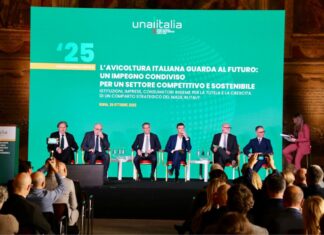
Renewed interest in the fibre-degrading enzyme (NSPase) mode of action is behind AB Vista new research suggesting changes in the animal gut microbiome to more efficiently degrade fibre.
The production of oligosaccharides by NSPases and subsequent fermentation of these by the gut microbiota to generate a ‘prebiotic’ effect is regarded as one of the mechanisms for NSPase activity. Now new research from AB Vista and Alimetrics explores how NSPase mode of action is due to more than improved fibre digestibility and fermentation of the oligosaccharides generated.
An in vitro study looking at the fermentative capacity of caecal contents of birds at 35 days, showed significant differences in ability to ferment xylan added exogenously. Caecal contents of xylanase-fed birds showed significant enrichment of bacterial species capable of fermenting NSP, which in turn produced greater quantities of Volatile Fatty Acids (VFAs), including butyrate, a valuable energy source for enteroctyes and supporting gut function.
Dietary xylanase was shown to effectively increase the capacity of the caecal contents to digest insoluble xylan in addition to soluble xylo-oligosaccharides. This highlighted a possible “training” effect on the caecal microbiome, resulting in adaptive changes towards a greater capacity to degrade xylan.
Dr Mike Bedford, AB Vista Research Director, who presented the findings at the 2018 Poultry Science Association Annual Meeting, held in San Antonio, Texas from July 23rd to 26th, said: “We need to think of NSPases as tools to accelerate the ability of the bird to digest fibre. Rather than quantitively degrading plant cell wall fibre, the enzyme is in effect increasing the intrinsic fibre-digesting capacity of the bird. This has significant implications with regard to selection of NSPase enzyme classes and dose rate.”
For more information, contact AB Vista on +44(0)1672 517 650 or info@abvista.com.
Follow AB Vista on Twitter: @ABVista.
















